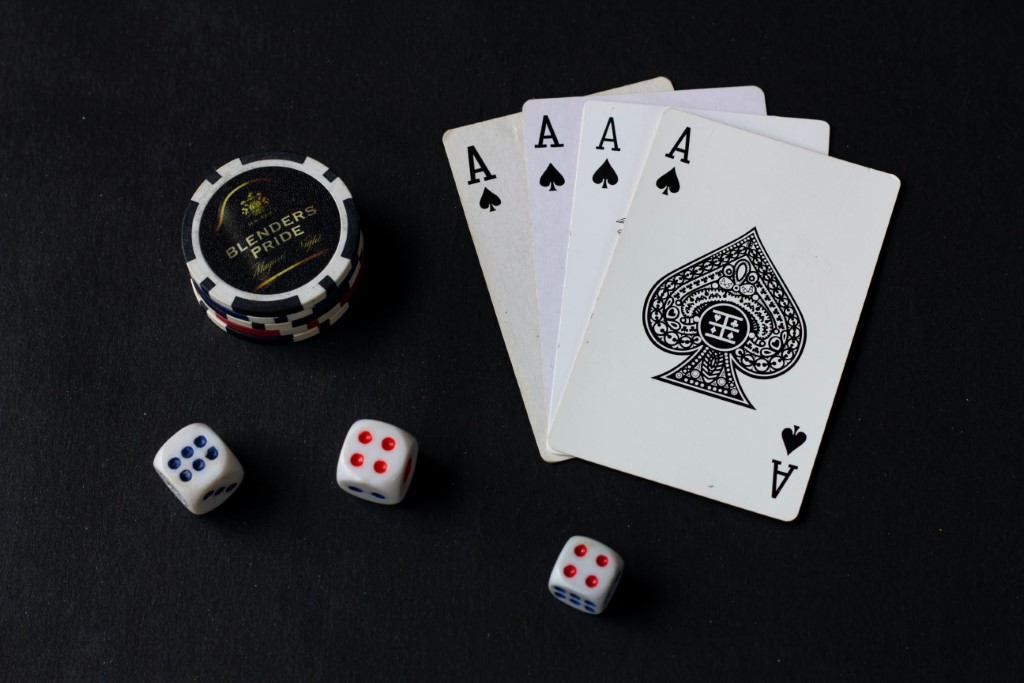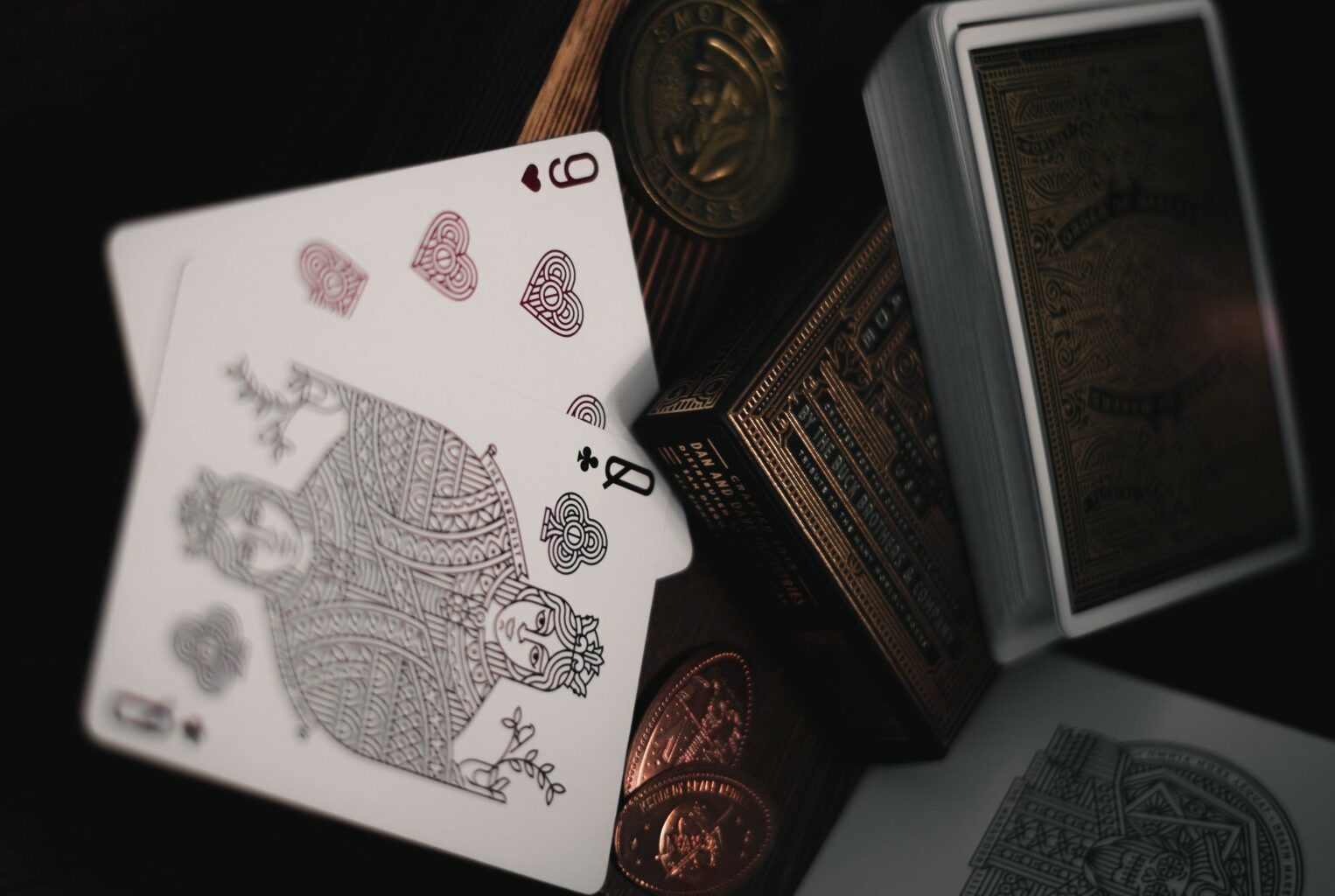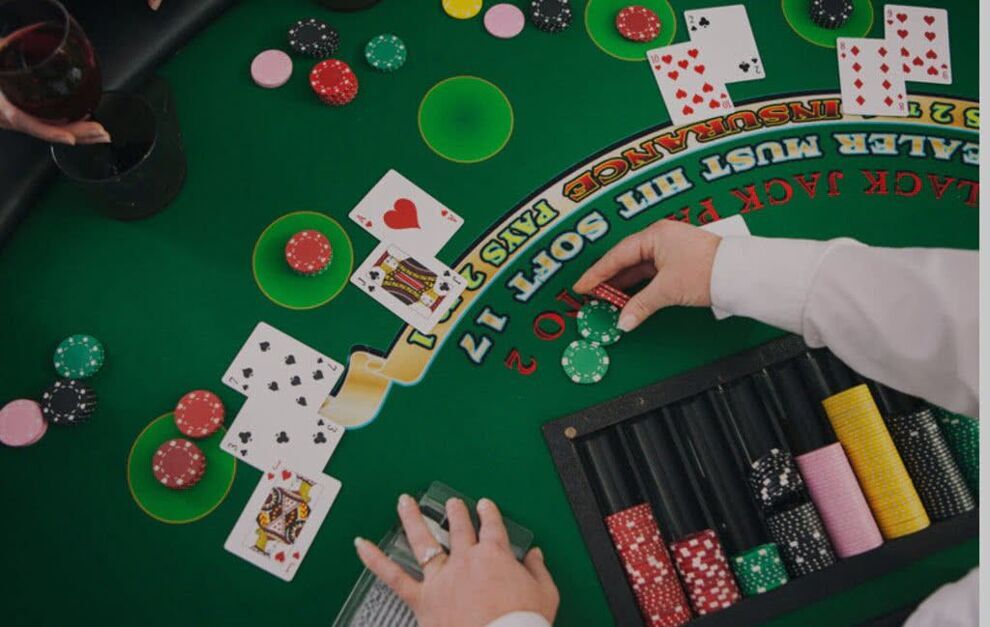Contrary to popular belief, gambling has been practiced in India for far longer. It is mentioned in the Ramayana, which is estimated to have been written as early as 7300 BC, even though it is not recorded until 430 BC. Gambling with dice and gambling with boards, which are some mistakes for the game of chess, are both shown in the Ramayana. The board game that gamblers play is called Aksa, even though it is referred to as Levana in all other settings.
Because gambling is addressed intermittently throughout the book and is neither condone nor punished, the melody shifts dramatically in the Ramayana, the second most famous Indian epic written in Sanskrit. The Mahabharata is where we first encounter the story’s true antagonists. Some historians believe that this epic was composed as late as 120 BC or 800 BC, while others claim it was penned circa 3200 BC. However, the most plausible dating is around 3200 BC.
In this version of the story, Shakuni is the one who challenges Yudhishthira to a dice game and defeats him by taking away his wealth and kingdom. He gambled away his brothers, himself, and, eventually, his wife, before selling her into slavery after losing his entire kingdom and all of his money. As a result, the history of gambling in India extends back to the country’s inception.
What were the earliest types of gambling in India?
Indians are recorded in Buddhist scriptures as early as 300 BC using the nuts of the Vibhitaka tree to play gambling games. The nuts were in the shape of a cube. As time passed, dice were finally replaced by astragals, resulting in the formation of the game Passa. In addition to dice games, Indians became interested in betting on other animals.
Beginning with ram conflicts and progressing to cockfights, horse racing is a somewhat more civilized activity. According to historical records, Indians did not concern about the future when they gambled. even though it was foreshadowed in hymns and other textual forms of Hinduism
Europe’s Law and Its Influence
Even though India was a major player in the early history of gambling, European influence eventually came to dominate the industry. Cricket first gained popularity in the 1720s, and by the end of the century, it had established itself as the sport on which bets were most regularly placed. The British were responsible for bringing several big horse racing events to India in the century that followed. First-class cricket was not played in India until 1864 when Madras and Kolkata organized a match to commemorate the event.
The Public Gambling Act of 1867 was created in reaction to the growing problem of unrestrained gaming, which resulted in the criminalization of gambling facility ownership and operation. There have been a few changes and tweaks made over time, one of which being the sanctioning of Paplu, often known as Rummy. Gambling is still illegal in India, even though the country’s legal system is complicated to understand.
Cricket betting in India
Cricket was introduced to India by the British in the 18th century, and it has since become the country’s most popular spectator sport. It is considered a religion by the majority of Indians, and cricket players are revered as gods. Betting on sports, which is now only available on an online platform, began with cricket and its meteoric rise to popularity. When a cricket match is held in India, individuals from all around the country place bets worth thousands of rupees on which team they believe will win. Gamblers are currently having a great deal of fun. They were free to do whatever they wanted and were presented with a plethora of options.
When the British took control of the country in 1867 and implemented the Gambling Act, they instantly outlawed all forms of gambling that had previously been lawful. The prohibition, on the other hand, existed only on paper; it did not last long and was unable to prevent people from engaging in gambling activities. People used it in alleys, streets, residential areas, and village meetings as it became more user-friendly.
Because of the large population, many people desired to gamble, but the authorities had no efficient way of catching, controlling, or enforcing prohibitions on the practice. After nearly 89 years of British dominance, India was finally declared independent in 1947. After nearly 89 years of British rule, India was eventually declared independent in 1947. The law against gambling, on the other hand, was not lifted. Gambling was labeled by the government as an addiction, an evil, and something that would bring shame to families due to its harmful potential.
India’s current gaming legislation
Since then, there hasn’t been an obvious shift in the nation’s perspective that we’ve seen. The vast majority of people still believe that gambling is morally unpleasant, if not an actual sin. This viewpoint has been reflected in federal legislation.
Each of the country’s 29 states and seven union territories must determine whether or not to authorize gambling. They have all been given this authority and discretion. Every state has its legislative council, and each state’s government can enact laws on a wide range of problems. The majority of Indian states have laws making gambling illegal, however, some forms of the practice are permitted. Betting and other activities during horse races are one illustration of this.
As previously said, the Public Gambling Act is a central statute that was originally given to the British in 1867 and is still in effect today, 148 years later. According to the rule, it is practically forbidden for any individual to operate a gambling establishment because doing so involves involvement in illegal activity.
If it is determined that a person has violated the restrictions, that person may face a Rs 200 fine and/or imprisonment for up to three months, depending on the gravity of the offense. Furthermore, the rule includes an additional subclause outlining the penalties that apply to anyone who visits such illegal gambling establishments.




